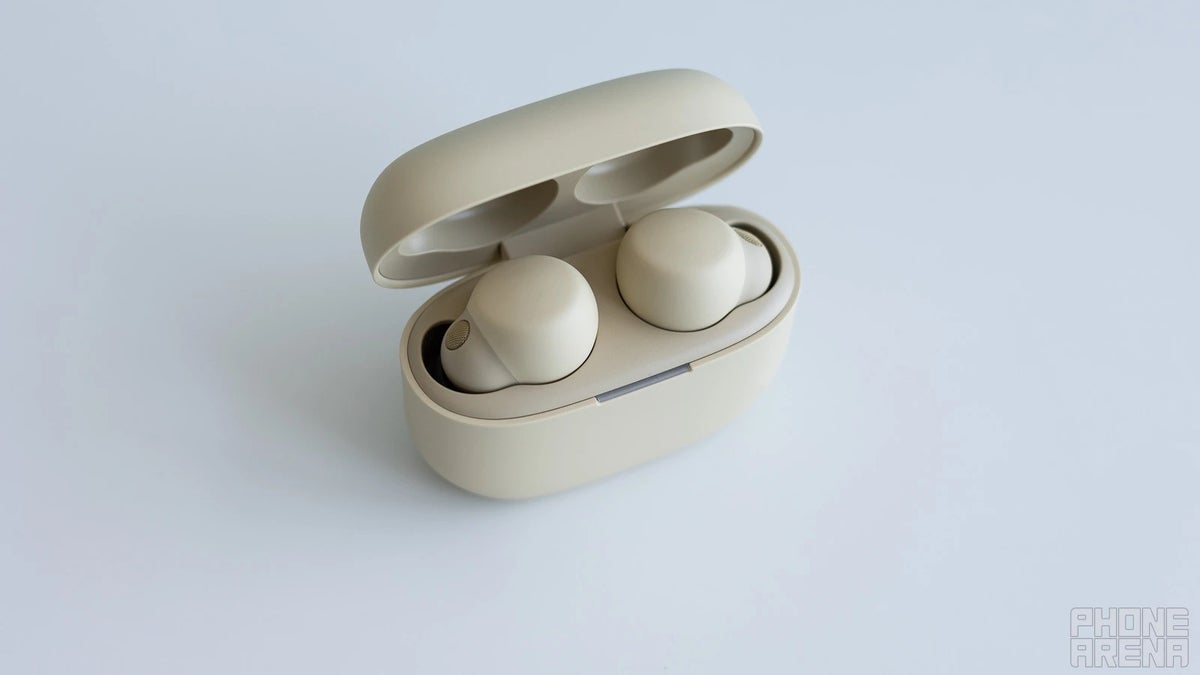
Now there is an official way to run Windows 11 on Macs powered by ARM silicon – the latest version of the Parallels Desktop can do just that with Microsoft’s blessing. This solution was developed by the Parallels team and Alludo.
“Why would you want to?” some of you may be asking, but if you are, you are lucky enough not to need software that only runs on Windows. Some professional applications do not have macOS versions, but are vital for certain jobs.
Parallels could run Windows before, though previous versions only supported Windows 10. The latest version supports Windows 11, which opens up new possibilities.
Parallels Desktop version 18 supports Windows 11 Pro and Enterprise on all current Apple M-powered Macs. You need a valid Windows license, of course, but this can be handled company-wide with Key Management Services.
Here’s an interesting note – Windows Subsystem for Android, aka Windows 11’s Android emulation, works. This means you can download Android apps from the Amazon App Store and run them on your Mac.
The Windows Subsystem for Linux works as well, so Macs can turn into a truly cross-platform development machines since you can test versions of an app for all the major OSes under the sun.
As for what isn’t supported, DirectX 12 is on that list. Also, you can’t run 32-bit ARM apps for Windows (though Microsoft wants to deprecate those anyway). You will find out more on what works and what doesn’t here.
The run the new Parallels Desktop you need 600MB to install the app, plus a Windows 11 installation (and license) and, of course, the apps you want to run. You should get near native performance out of the Parallels virtual machine.
Source 1 | Source 2 | Via






